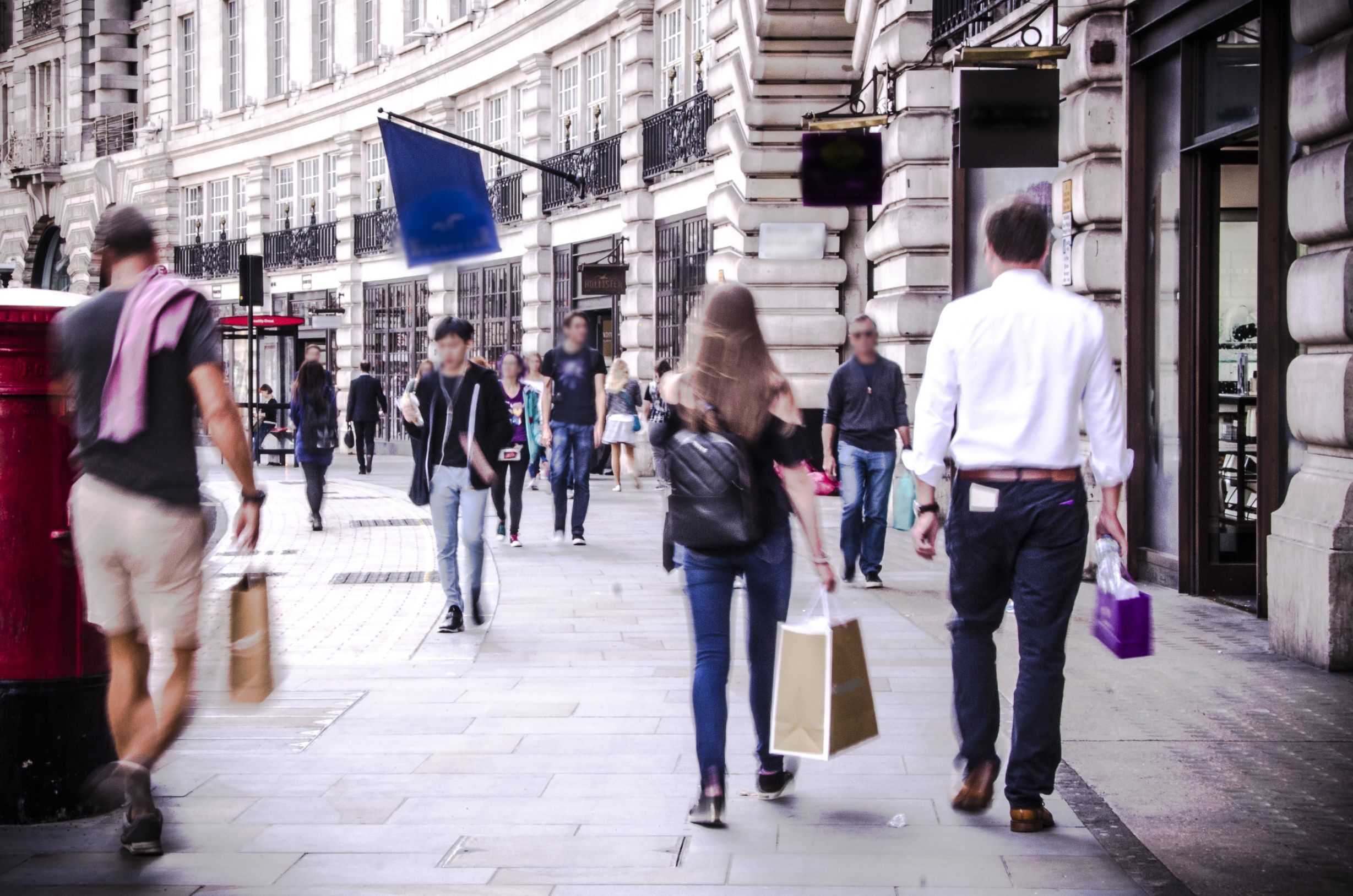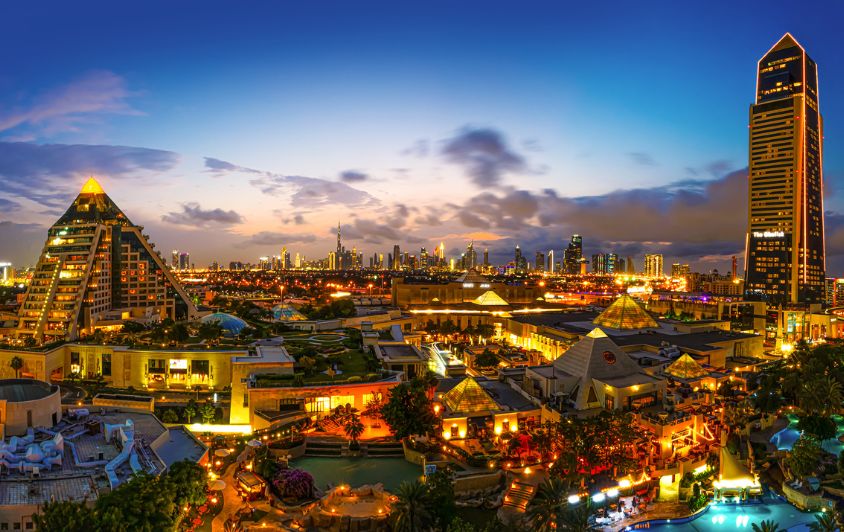Bad news? The pandemic is still happening. Good news? There’s a shining light at the end of the tunnel as lockdown rules ease up (at the moment) in many countries.
Unfortunately, throughout this pandemic, many places, including town centers and businesses, have faced unprecedented financial challenges caused by shoppers’ avoiding physical retail. However, with the reopening, the question for many is how to get shoppers back and spending money again?
The recovery and rejuvenation of town centers require local businesses to adapt to retail’s changing landscape by embracing new ways of engaging shoppers. Business Improvement Districts (BIDs) are essential in this transformation by providing the tools and insights needed to attract residents, workers, and others to visit and shop locally. BIDs also have access to local authority grants that can help boost local businesses.
Five ways BIDs can support local businesses:
1. Re-engage Employees
Office workers are preparing to go back to physical workspaces, which provides an opportunity for local businesses to increase sales due to increased foot traffic. Business Improvement Districts will need to increase the use of rewards and special discounts to incentivize these shoppers.
Heart of London Business Alliance plans to run a new employee-based loyalty program. This will drive footfall, unlock the true spirit of the High Street, and generate brand recognition for local businesses. Employee apps can also be used as an incentive-based re-engagement tool to drive office workers back to the High Streets and local businesses participating in promotions advertised on the app.
2. Organize Local Events
After a year of not physically interacting with other people, we will see a lot of community pride after the end of lockdown. People will be more interested in attending and participating in local events than ever. BIDs are actively planning special events to drive footfall onto the High Streets by working with business leaders. Expect to see pavement sales, street fairs, and even treasure hunts in the weeks and months to come.
An example is Discover King’s Lynn, the town’s Business Improvement District, which brings visitors back to the town center by championing local businesses. The BID hosted a Virtual Beauty Week, providing people with a massive selection of free content for beauty fans via their social media channels this week.
In an article by Property Week, The Brentford Project stressed the need for developers to adapt to permanently alter consumer habits by offering mixed-use schemes that include a unique entertainment, dining, residential, and shopping scene.
3. Run a Loyalty Program
From their inception, customer loyalty programs were tasked with marketing to existing customers rather than new ones – this is changing. Advanced loyalty programs focus on multiple segments, including new and existing customers, and play an essential role in the opening of High Streets.
Businesses can win over shoppers with loyalty platforms that incentivize visits using real-time location data to send highly personalized and relevant communications.
As a result, you can now use offers and rewards to influence shoppers before, during, and after visiting restaurants, hotels, pubs, and other local attractions. A prime example of this is the Madison Avenue BID, which is launching a ground-breaking, experiential-based customer loyalty program.
4. Share Shopper Data With Local Businesses
Shopping habits have evolved, but shoppers have not – at the end of the day, they are all still waiting to spend. The question is how to get them to spend locally. Understanding shoppers is imperative and requires collecting data to drive people to visit your High Street.
Location-aware Geo-Loyalty programs are a great source of shopper intelligence. They provide answers to how often they shop, how long they spend in a particular store, what time of day they typically visit, and how much they spend. This is information that you should share with your local business to give them the insight to understand shopper behavior better, drive footfall and help increase sales.
5. Repurpose Vacant Spaces
There are currently 40,000 vacant retail units across the UK, according to research from JLL. Some of these will likely reopen, but others must be repurposed to ensure the High Street revival. BIDs can work with business owners and local authorities to provide a greater mix of amenities – more than just shops – to support the entire community, attracting more people to visit.
In fact, Manhattan’s Meatpacking District in New York is winning customers back to its stylish restaurants. Unique spaces like the High Line, a repurposed abandoned subway line, are a must-see for tourists. The High Line is a space reimagined to be a tourist site and a mini-marketplace for local businesses in the area. Its location is pivotal to driving footfall as customers walk along the line while browsing shops and stalls from local businesses.
Another way BIDS can help repurpose vacant space is by embracing the pop-up shop concept. Businesses can rent out additional space to different parties, such as artists, small retailers, and food vendors, which are proven to drive footfall.
The reopening of local businesses hinges heavily on how BIDs will help implement changes to engage returning shoppers. To do this successfully, BIDs must employ new and creative strategies.






